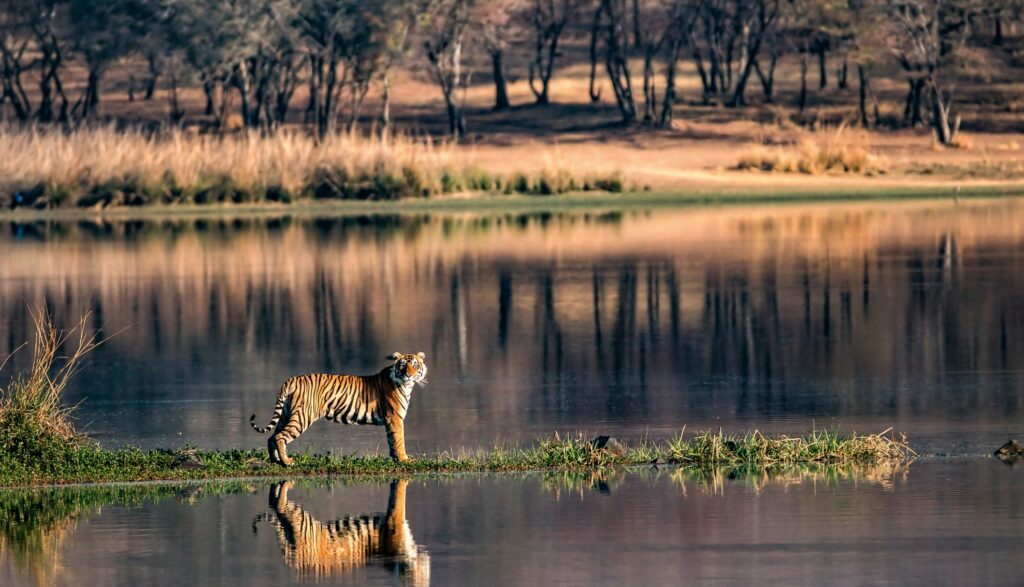India’s Supreme Court has handed down a landmark ruling that will significantly change how tiger tourism is conducted across the country’s reserves with direct implications for New Zealand agents packaging wildlife itineraries into India.
In a judgment linked to illegal construction and tree felling for the proposed Pakhrau Tiger Safari in Corbett Tiger Reserve, the Court has ruled that tiger safaris are prohibited in core or critical tiger habitats, and may only be developed on non-forest or degraded buffer land that does not fall within tiger corridors or obstruct natural tiger movement.

The Court also reaffirmed that animals for safaris cannot be sourced from zoos. Only rescued, conflict, injured or orphaned tigers from the same landscape may be housed, and only in association with a rescue and rehabilitation centre, in line with existing 2016 guidelines.
An expert committee reported severe environmental damage at Corbett, identifying around 118 hectares of ecosystem damage and valuing ecological loss at roughly USD 3.3 Million, with restoration costs estimated at USD 1 Million. The Court has directed Uttarakhand to recover these costs from responsible forest officers and ring-fence the funds for ecological rehabilitation in Corbett.

Beyond Corbett, the judgment establishes a national regulatory baseline for tiger reserves. It tightens restrictions on activities in buffer and fringe zones, including bans on mining, low-flying tourism aircraft and new resorts along tiger corridors, while calling for night tourism in core areas to be completely banned and vehicular carrying capacities to be strictly enforced. States must now prepare or update Tiger Conservation Plans within six months, with high-level steering committees chaired by Chief Ministers to oversee implementation.
For New Zealand travel advisors selling India, the ruling means:
- Tour companies in India selling existing tiger experiences must be checked to ensure activities are not located within forested core or buffer areas.
- Future packages are likely to be based around lodges and activities on compliant non-forest or degraded buffer land, with closer scrutiny on location, access and operating hours.
- Capacity controls and stricter and operating norms could impact availability in peak seasons, reinforcing the need for early planning and clear client communication around conservation-driven changes.


